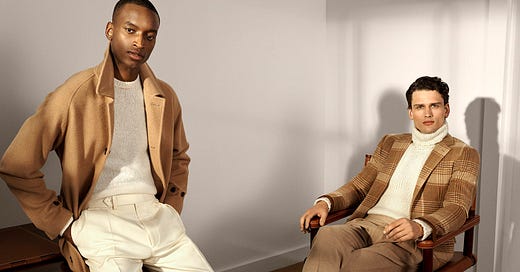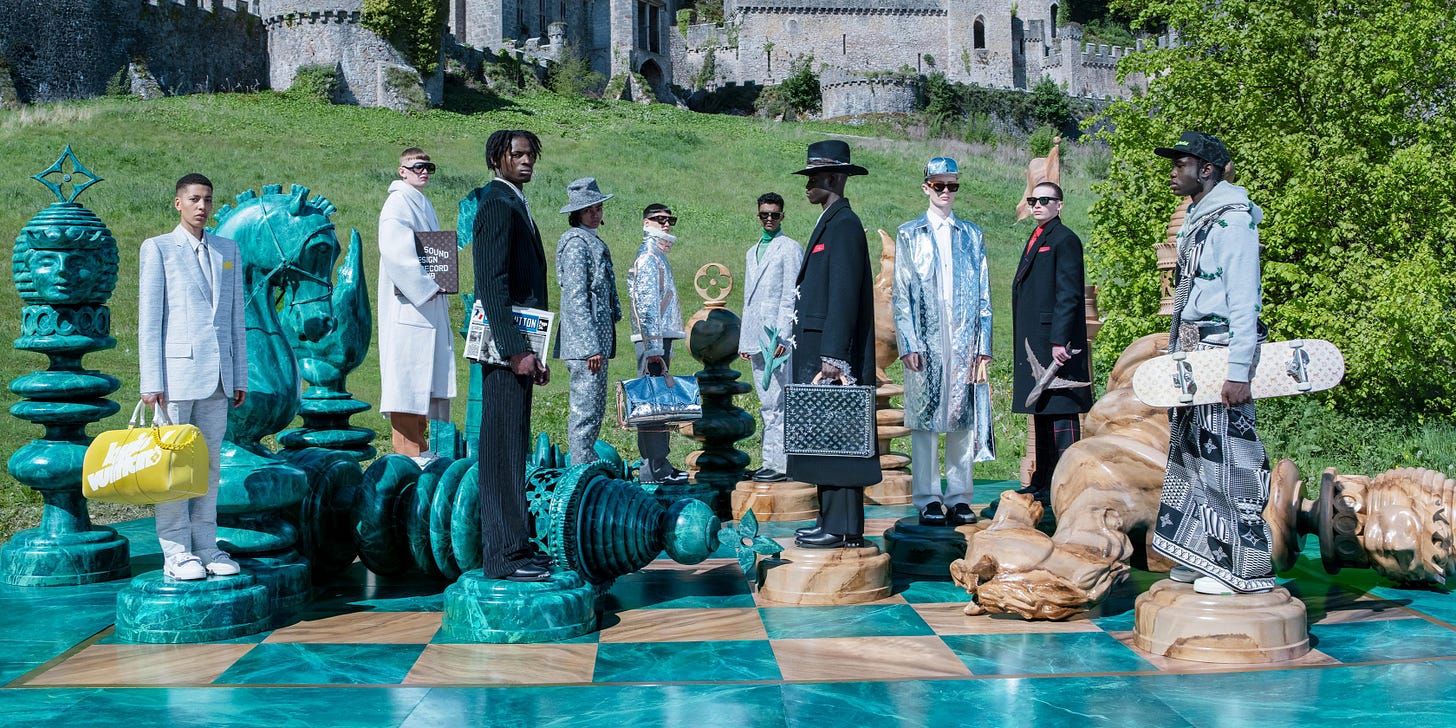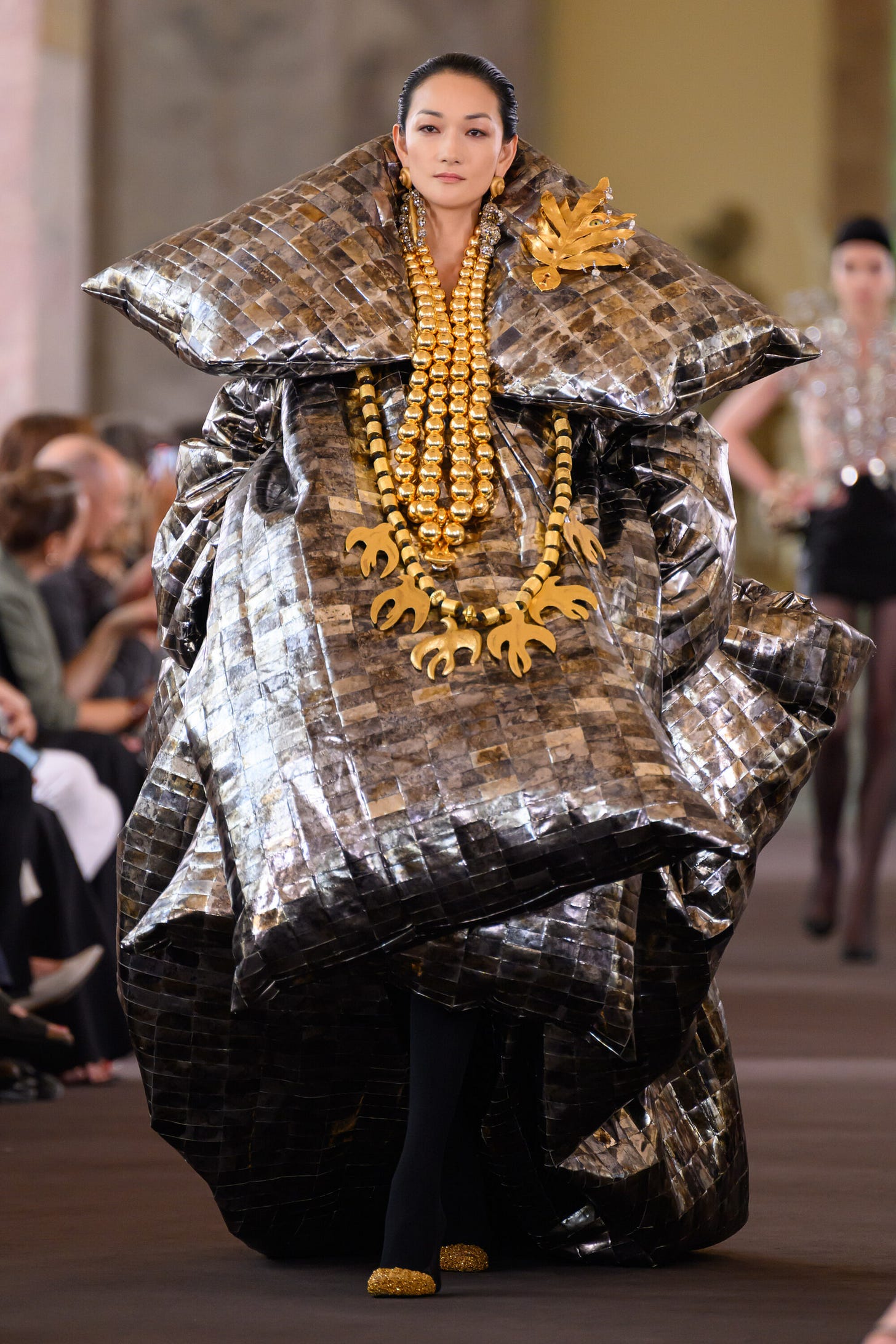The 5 Tiers of Luxury: How to Define Your Brand in the Global Market
Luxury Brand Positioning
When building a luxury brand, one of the most critical decisions is understanding where you fit within the luxury spectrum. The world of luxury is not one-size-fits-all—it ranges from accessible and aspirational luxury to ultra-exclusive, niche brands. Defining your positioning early will shape your pricing, branding, distribution, and overall market strategy.
The Five Tiers of Luxury
Each level of luxury has its own characteristics, customer base, and market approach. Here’s a guide to help you determine where your brand belongs:
1️⃣ Accessible Luxury (Aspirational & Premium Brands)
Who You Are: A brand that offers high-quality products at a price point that is attainable for the upper-middle class. Accessible luxury balances aspiration with availability, making it a common entry point for new luxury consumers.
Key Characteristics:
✔️ High brand recognition but widely available
✔️ Affordable compared to high-end luxury brands
✔️ Often found in upscale department stores and e-commerce platforms
✔️ Targets professionals and younger affluent consumers
Examples: Ralph Lauren, Michael Kors, Coach, Tesla, TAG Heuer
Your Strategy: Focus on strong branding, aspirational marketing, influencer collaborations, and upscale department store partnerships.
2️⃣ Contemporary Luxury (Entry-Level Designer)
Who You Are: A step above accessible luxury, contemporary luxury brands are known for quality, design, and a strong fashion-forward presence. They are priced higher than premium brands but remain attainable for many aspirational consumers.
Key Characteristics:
✔️ More exclusive than accessible luxury, but still widely available
✔️ Strong design identity and trend-driven appeal
✔️ Found in high-end department stores, concept stores, and online retailers like Net-a-Porter
✔️ Often targeted at millennials and fashion-conscious consumers
Examples: The Row, Acne Studios, Sandro, Maje, Aesop, Diptyque
Your Strategy: Emphasize design, digital-first luxury marketing, and strategic collaborations with tastemakers.
3️⃣ Heritage Luxury (Traditional Luxury / Legacy Brands)
Who You Are: A brand with deep heritage and a reputation for timeless craftsmanship. Heritage luxury brands are often family-owned or have a long history in fashion, jewelry, or automobiles.
Key Characteristics:
✔️ Iconic status and long-standing reputation
✔️ A mix of exclusivity and global presence
✔️ Runway collections, luxury boutiques, and flagship stores
✔️ Appeals to high-net-worth individuals and serious fashion consumers
Examples: Louis Vuitton, Gucci, Prada, Cartier, Omega, Porsche
Your Strategy: Focus on legacy storytelling, craftsmanship, selective retail presence, and high-profile events like Fashion Week.
4️⃣ High Luxury (Ultra-Luxury & Exclusive Brands)
Who You Are: A brand that embodies exclusivity, rarity, and artisanal craftsmanship. High luxury brands are not for the masses; they cater to the elite and are often linked to royalty, celebrities, and ultra-high-net-worth individuals.
Key Characteristics:
✔️ Extremely high-quality craftsmanship and limited production
✔️ Private shopping experiences and invite-only clientele
✔️ High price points with symbolic pricing strategies
✔️ Available in select boutiques or through private appointments
Examples: Hermès, Alaïa, Loro Piana, Brunello Cucinelli, Audemars Piguet
Your Strategy: Maintain exclusivity through scarcity, personalized client services, and heritage-driven marketing.
5️⃣ Niche Luxury (Bespoke & Hyper-Exclusive Luxury)
Who You Are: A brand that exists beyond traditional luxury categories. Niche luxury brands cater to collectors, royalty, and extreme wealth. They are known for made-to-order pieces, extreme rarity, and bespoke services.
Key Characteristics:
✔️ Invitation-only, limited edition, or made-to-order products
✔️ Ultra-high price points, often without public pricing
✔️ Focus on craftsmanship, artistic expression, and one-of-a-kind creations
✔️ Typically not available online; sales are done through private channels
Examples: Schiaparelli Haute Couture, Richard Mille, Boadicea the Victorious, Bugatti
Your Strategy: Prioritize ultra-exclusive branding, bespoke experiences, and invitation-only retail events.
How to Determine Your Luxury Positioning
If you're unsure where your brand fits, ask yourself these key questions:
Who is my ideal customer? (Aspirational professionals vs. ultra-wealthy elite?)
How exclusive do I want my brand to be? (Mass appeal vs. highly selective?)
Where do I want my brand sold? (Department stores vs. private client showrooms?)
How important is heritage and craftsmanship? (Trend-driven or timeless luxury?)
What price range aligns with my brand vision? (Premium but attainable vs. ultra-high-end?)
Your answers will guide you toward the right positioning for success in the luxury market.
Finally: Owning Your Place in the Luxury Spectrum
Luxury is a strategic choice. Whether you position yourself as an accessible luxury brand, an exclusive high-luxury label, or a niche bespoke brand, your success depends on clarity, consistency, and commitment to excellence.
Once you've defined your luxury positioning, your next step is executing a strategy that aligns with it—whether that means refining your storytelling, adjusting your pricing, or securing the right retail partnerships.
💡 If you have any questions, you can share them in the comment section.









